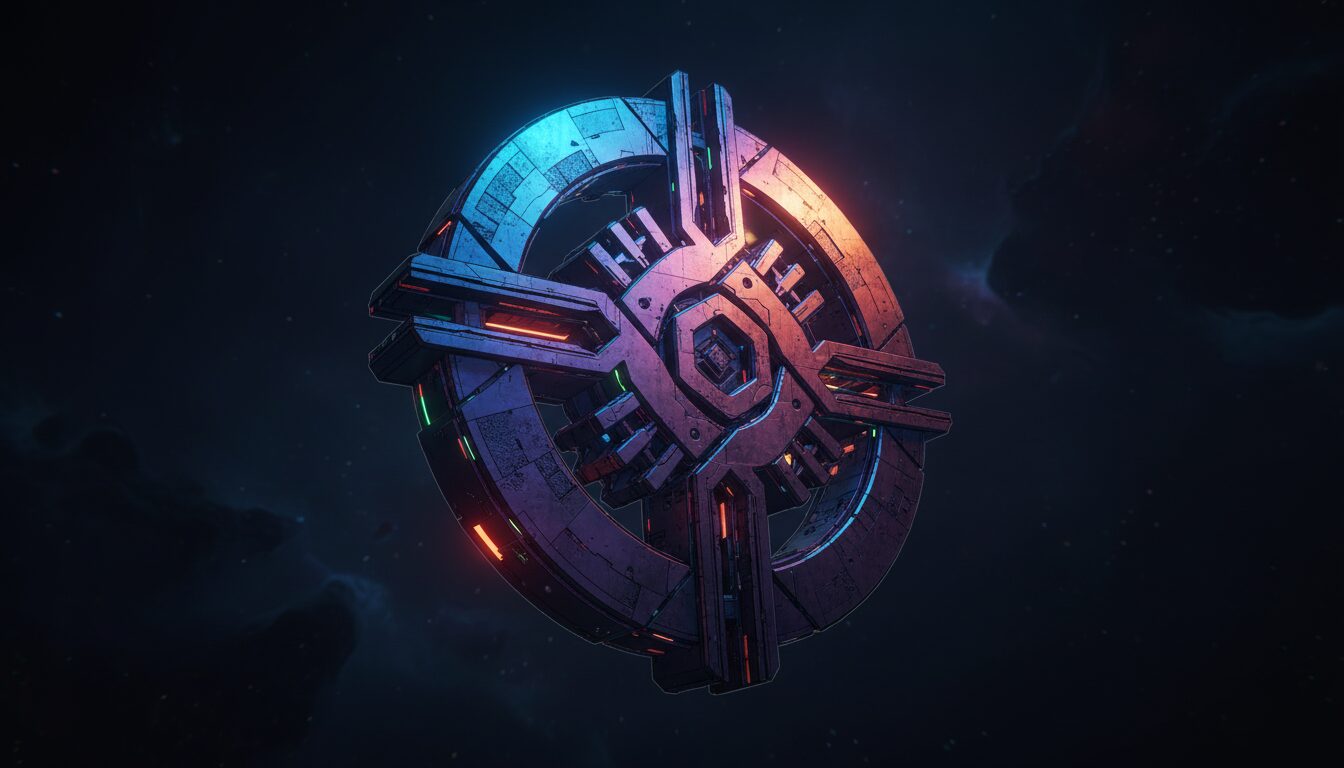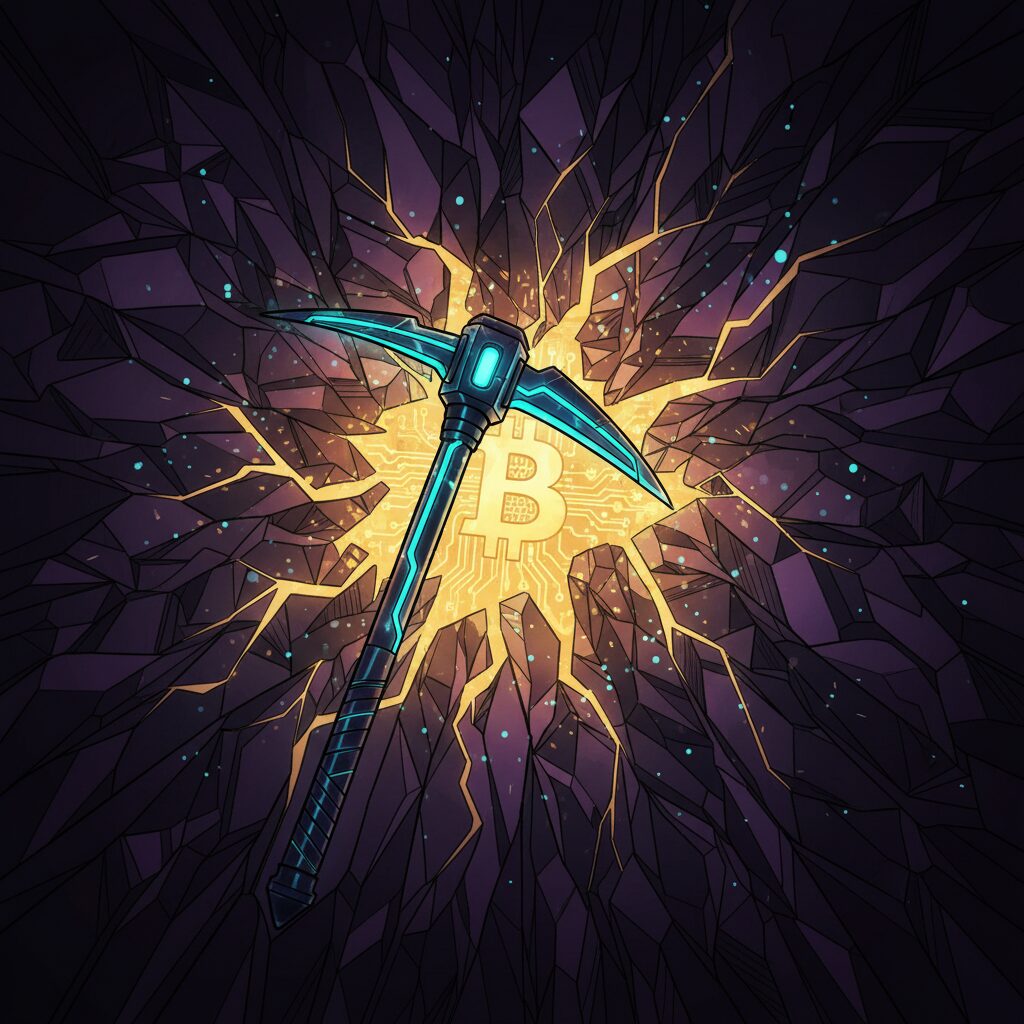Solana Aims to Become Core Financial Infrastructure, Says Foundation Chair

The organization is increasing its focus on developers in the Chinese-speaking region, targeting collaboration in payments, DePIN, and artificial intelligence.
The Solana Foundation is positioning the network to become the future of financial infrastructure, driven by the idea that any asset can be tokenized. According to Foundation Chair Lily Liu, this vision guides Solana’s strategy as it seeks to expand its global ecosystem.
Liu emphasized the foundation’s commitment to supporting the developer community within the Chinese-speaking region. She expressed a desire for increased collaboration in several key growth areas, including digital payments, Decentralized Physical Infrastructure Networks (DePIN), and the intersection of blockchain with the artificial intelligence (AI) sector.
These strategic priorities are expected to be a central theme at the upcoming 2025 Shanghai Blockchain International Week. The event, which includes the 11th Global Blockchain Summit, is scheduled to take place from October 18 to October 22, 2025.
Blockchain’s Dual Purpose: Assets and Infrastructure
Every generation of internet innovation requires its own specific hardware and software, and the core of blockchain technology serves two primary functions: creating assets and building financial infrastructure. According to Lily Liu, Chair of the Solana Foundation, this distinction is critical to understanding the crypto industry’s future. In a recent keynote speech, Liu outlined how different platforms are evolving to fill these roles.
Liu noted that while Bitcoin’s whitepaper described a “peer-to-peer electronic cash system,” the network has ultimately solidified its position as a primary asset, akin to “digital gold.” This evolution has left a void for a technology platform designed to serve as the native financial infrastructure for the internet—a role Solana is actively built to fill.
Solana’s Performance and Market Position
Solana’s vision is to become a comprehensive technological platform for internet finance, integrating all asset classes and use cases within a single mobile-friendly environment. Liu highlighted that traditional finance, despite its scale, is fragmented by different standards across countries, banks, and corporations. Solana aims to overcome this by leveraging network effects to create a unified capital market.
Recent data underscores the network’s rapid growth. According to Liu, Solana leads the industry in application revenue and boasts the fastest-growing developer community. The platform also ranks first in the issuance of new assets. On its fifth anniversary, the mainnet now achieves over 1,000 transactions per second (TPS) daily, putting its performance in a similar range as traditional financial platforms like Visa, which operates at around 1,700 TPS.
The Vision of Universal Tokenization
A central part of Solana’s strategy is the belief that all assets will eventually become digital. “Everything can be tokenized,” Liu stated, emphasizing a future where blockchain technology extends far beyond its native assets. The goal is to bring not only crypto-native assets but also traditional financial products and entirely new asset classes onto the chain.
By tokenizing these assets, Solana intends to make them tradable, usable, and available as collateral, effectively creating a more liquid and accessible global market. This ambition targets the vast pool of traditional financial assets, a market valued in the hundreds of trillions.
Commitment to the Chinese Developer Ecosystem
Liu also emphasized Solana’s continued focus on the Chinese-speaking region, noting that the foundation has made significant investments over the past two years to support its developer ecosystem. She expressed a desire for continued support and increased collaboration within the region, particularly in the payments, DePIN, and AI sectors.
A New Benchmark for Growth
In an industry defined by rapid innovation, Solana has set a remarkable pace for expansion. While established financial players like PayPal took 30 years to build a user base of around 400 million, Solana has attracted approximately 80 million active monthly users in just five years. This accelerated growth is also reflected in its market valuation. The network reached a $100 billion market capitalization in only four and a half years—a milestone that took Apple 30 years and Google eight years to achieve.
Fueling a Thriving Developer Ecosystem
The foundation of this expansion is a vibrant and economically successful developer community. In 2024 alone, the ecosystem welcomed 7,500 new developers. This influx of talent is supported by significant financial incentives, with ecosystem application revenues reaching $3.3 billion and fundraising hitting $8.9 billion during the same period. These figures highlight a self-sustaining model where the ecosystem’s success far outstrips Solana’s initial $30 million in funding.
Currently, over 2,000 applications are live on the network, with new platforms like the Solana Seeker mobile application already featuring over 100 DApps. Beyond independent developers, an increasing number of enterprises are joining the ecosystem, particularly to leverage its capabilities for stablecoins and other real-world use cases.
Strategic Focus on Key Global Markets
Solana places a significant emphasis on the Chinese-speaking region, recognizing its unique and advanced digital payment landscape. The region’s pioneering work in developing “Super Apps” over the last 15 years has created a sophisticated market that aligns with Solana’s focus on payment solutions. The project has made substantial investments to support the local developer community and plans to continue fostering collaboration, especially in the payments, DePIN, and AI sectors.
The Future of Financial Infrastructure
Solana’s long-term vision positions it as a foundational layer for international finance, drawing parallels to how Netflix dominates entertainment or Amazon leads e-commerce. The project’s strategy centers on a sustainable economic model where network revenue directly supports application developers, creating a stable and growing ecosystem. In this new financial landscape, the industry sees two primary use cases: assets and infrastructure. While Bitcoin has solidified its role as “digital gold,” Solana aims to become the essential financial infrastructure of the future.











